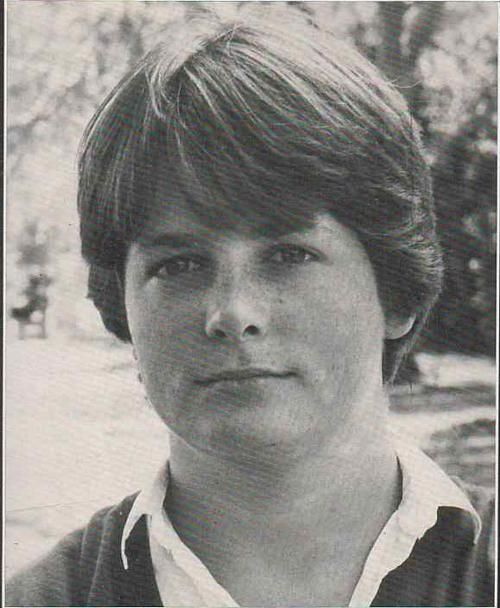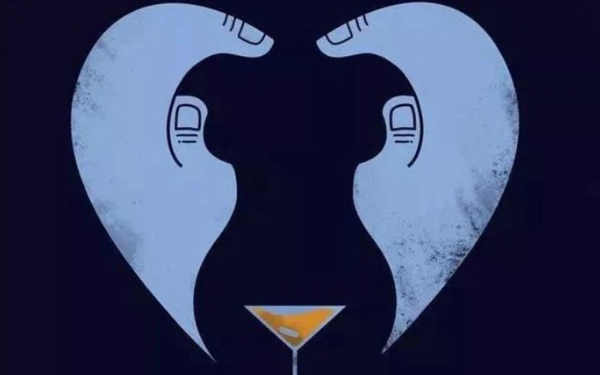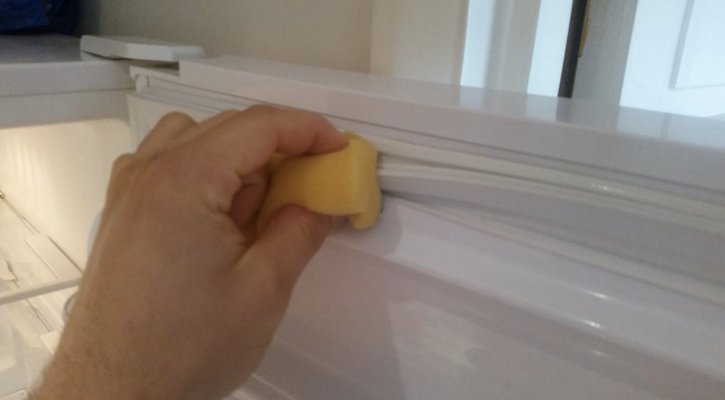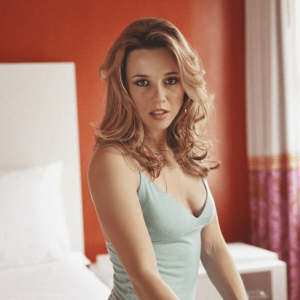Michael J. Fox’s journey to stardom is nothing short of inspiring. Born in Edmonton, Canada, and raised in a working-class family, Fox’s path to Hollywood success was paved with resilience, hard work, and a relentless passion for acting. Best known for his iconic roles in Back to the Future and Family Ties, Fox has not only captivated audiences with his talent but has also become a symbol of hope through his ongoing battle with Parkinson’s disease. In this article, we explore Michael J. Fox’s incredible life, career, and legacy.
Early Life and a Passion for Acting

Michael Andrew Fox was born on June 9, 1961, in Edmonton, Alberta, to a family far removed from the world of glitz and glamour. His father, William Fox, served in the Canadian Armed Forces, while his mother, Phyllis Fox, worked as a payroll clerk. Growing up in a military family meant frequent moves, which instilled in Michael a sense of adaptability. However, he found himself drawn to acting at a young age, discovering a passion that would guide him throughout his life.
While attending junior high school, Fox participated in local theater productions, quickly becoming known for his knack for captivating audiences. Despite his modest beginnings, he dared to dream of a career in Hollywood—a goal he pursued with unwavering determination.
The Leap to Los Angeles: Chasing a Dream
At 17, Fox made a bold decision: he dropped out of high school, packed his bags, and headed to Los Angeles to chase his acting dreams. With his parents’ support, he crossed the border and began navigating the challenges of breaking into the entertainment industry. Life in LA wasn’t easy, and he faced the typical struggles of a young, unknown actor. He often lived hand-to-mouth, even recalling instances of “dumpster diving for food” to make ends meet.
But Fox never lost sight of his goals. He took on various small roles in films and TV shows, steadily honing his craft and making connections within the industry. Eventually, his hard work paid off, and he landed a role that would change his life forever.
Family Ties and the Rise to Fame

In 1982, Fox was cast as Alex P. Keaton on the NBC sitcom Family Ties, a role that would catapult him to stardom. Playing a conservative teenager with a quick wit and ambitious mindset, Fox brought a unique charm to the character, endearing himself to audiences and critics alike. Family Ties became a hit, running for seven seasons and establishing Fox as a household name.
Fox’s portrayal of Alex earned him three Emmy Awards and a Golden Globe, cementing his status as one of television’s brightest stars. It was during this time that he met Tracy Pollan, his on-screen love interest, who would later become his real-life wife. The two developed a deep bond that would grow into a lifelong partnership.
Back to the Future: Iconic Success on the Big Screen
As Family Ties continued to thrive, Fox’s career took another leap forward when he was cast as Marty McFly in Back to the Future (1985). Directed by Robert Zemeckis, the film was an instant sensation, combining adventure, science fiction, and humor in a way that resonated with audiences worldwide. Fox’s portrayal of Marty, a teenager who accidentally travels back in time, became iconic, and the film’s success led to two sequels, solidifying Back to the Future as a beloved franchise.
Fox’s performance as Marty McFly showcased his versatility and comedic timing, earning him a place in Hollywood history. The role not only brought him international fame but also created a lasting legacy that continues to captivate fans across generations.
A Life-Changing Diagnosis: Battling Parkinson’s Disease

In 1991, at the height of his career, Fox received a life-altering diagnosis: he had young-onset Parkinson’s disease. Only 29 at the time, he initially kept his condition private, fearing it might end his career. For the next several years, he continued to work in film and television, starring in projects such as Doc Hollywood (1991) and For Love or Money (1993), all while privately coping with the effects of his illness.
In 1998, Fox decided to publicly disclose his diagnosis, an announcement that was met with an outpouring of support from fans and colleagues. Embracing his new role as an advocate, he founded the Michael J. Fox Foundation for Parkinson’s Research, dedicated to finding a cure for the disease. Through his foundation, he has raised over $1 billion for Parkinson’s research, inspiring millions with his bravery and resilience.
A Legacy of Advocacy and Hope
Despite the physical challenges of Parkinson’s, Fox has remained active in the entertainment industry. He starred in the hit sitcom Spin City, for which he won another Emmy and a Golden Globe. In recent years, he’s made guest appearances on shows like The Good Wife and Curb Your Enthusiasm, demonstrating his enduring talent and love for acting.
Through his advocacy, Fox has brought attention to Parkinson’s disease, helping to shift public perception and inspire hope. His foundation has become one of the most significant forces in the search for a cure, funding cutting-edge research and supporting the Parkinson’s community. Fox has also shared his journey through his books, including Lucky Man and No Time Like the Future, offering insights into his life and the power of perseverance.
Personal Life and Family: A Pillar of Strength

Fox’s relationship with Tracy Pollan, whom he married in 1988, has been a constant source of strength. The couple has four children: Sam, Aquinnah, Schuyler, and Esmé. Together, they have navigated the ups and downs of life in the spotlight, remaining grounded and focused on family. Fox frequently speaks about the importance of his loved ones, crediting them as his motivation to keep fighting and moving forward.
In interviews, Fox often emphasizes the role of optimism and humor in his life, stating that his positive outlook has helped him cope with Parkinson’s. His resilience has inspired countless individuals facing their own challenges, proving that attitude can make a world of difference.
Conclusion
Michael J. Fox’s life story is a testament to the power of determination, hope, and the support of loved ones. From his humble beginnings in Canada to his rise as a Hollywood icon, he has captivated audiences with his talent and touched hearts with his resilience. Despite the obstacles he’s faced, Fox continues to inspire millions through his work as an actor and advocate.
As Fox’s journey unfolds, his legacy as a true fighter and beacon of hope remains secure. His commitment to finding a cure for Parkinson’s and his unbreakable spirit exemplify the impact one person can have. Michael J. Fox’s story is more than just a Hollywood success story; it’s a reminder that with passion, courage, and a little humor, we can all make a lasting difference in the world.


